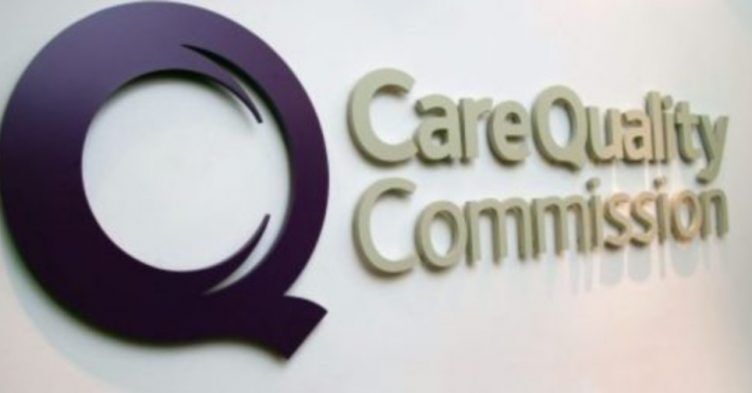Practice nurse numbers are beginning to rise, the latest figures for the general practice workforce have shown, however nurse leads have called for more sustainable growth.
The findings, published today (Wednesday), were made by the GP Workforce Team at NHS Digital and give the headcount and full time equivalent (FTE) of practice nurses in England.
As of 30 September 2016 there were 23,141 practice nurses in England, an increase of 75 (0.3%) on the previous year.
This indicates an increase in the number of full-time equivalent practice nurses of 2.8% in a year to 15,827 nurses.
The number is made up of 11,770 FTE practice nurses, 2,846 FTE advanced nurse practitioners, and 613 FTE extended role practice nurses.
There were also:
- Nurse specialists FTE – 428
- Nursing partners FTE – 19
- District nurses FTE – 17
- Nurse dispensers FTE – 18
Nursing sector response
However, Royal College of Nursing (RCN) lead for primary and community care, Kathryn Yates said: ‘These figures don’t reflect the complexities of recruiting and retirement within the general practice nurse (GPN) workforce.
‘Challenges within the system have been exasperated by a shortfall in GPN staff over the last five years. We also know that 39% of GPNs are over the age of 55 and 31% could retire by 2021.
‘In order to have a sustainable primary care workforce, we need to encourage more pre-registration nursing students to consider general practice as a first destination post.’
Recruitment
Between April and September 2016, a total of 2,168 nurses joined practices and 1,680 left. This is an overall increase of 488 Nurses over this time period.
During this time there were 291 FTE vacancies, as well as 2,107 absence periods relating to 1,027 individuals.
Full-time equivalent (FTE) where a nurse works at least 37.5 hours a week in the practice.
Full-time vs. part-time
The largest proportion of practice nurses (35.4%) work a full-time equivalent of between 0.5 to less than 0.75, the figures revealed.
And 26.1% working a full-time equivalent of 0.75 to less than 1.0 and 18.1% working a full-time equivalent of 0.25 to less than 0.5.
Gender and age
Male practice nurse staff remain underrepresented with only 1.9% of those staff whose gender was stated reporting as male.
Of concern, only 8% of nurses within practices with a known age were under 35 years old. Just 3% were under 30 whereas 32% were aged 55 and over.
Workforce flow
Between April 2016 and September 2016, there were 2,168 nurse joiners and 1,680 leavers to the practice workforce. Practice nurses made up 71% of the joiners and 77% of the leavers.
Absences
During these four months (April to September last year) there were 2,107 nurse absence periods in general practices in England, relating to 1,027 individuals.
This is based on data from 1,133 practices who submitted absence figures. The most common absence type for the nursing staff was sickness, which accounted for 1,082 (51%) of the recorded absence periods.







